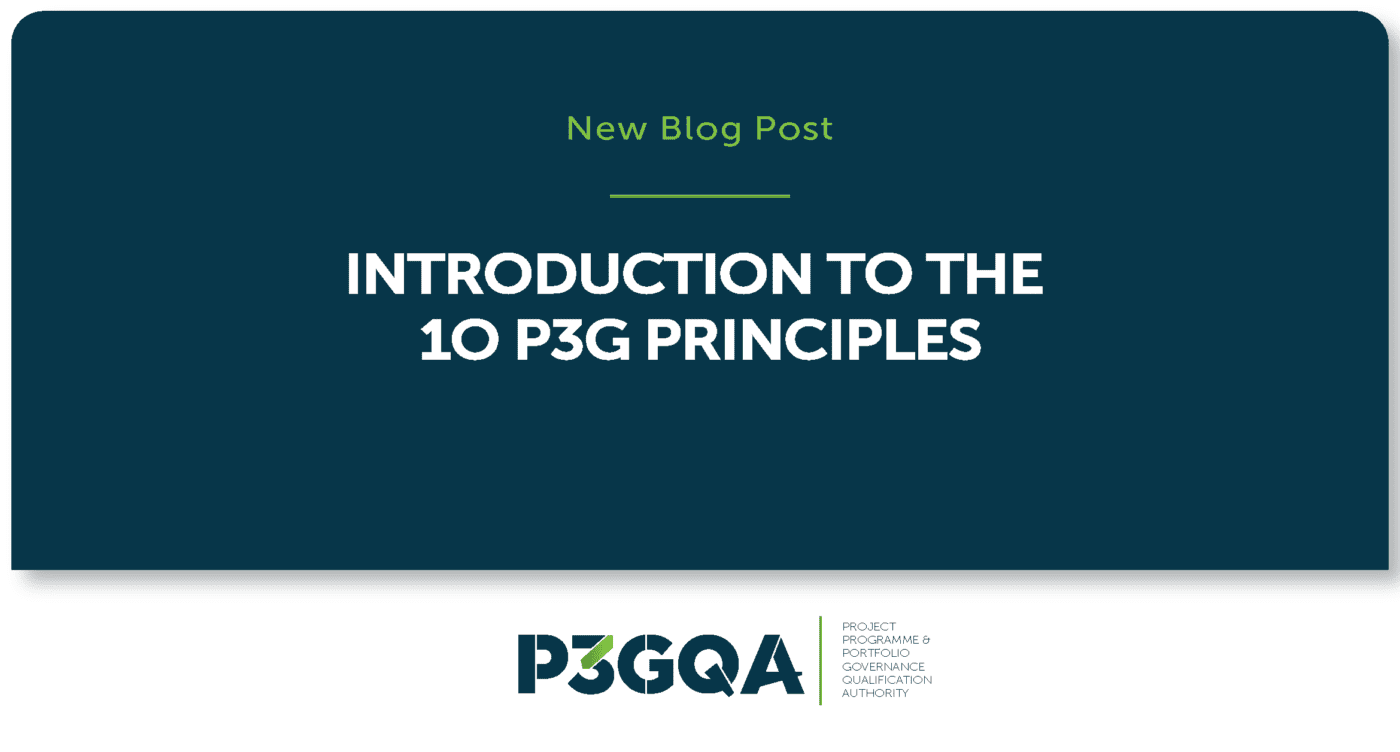P3G Introduction
Prior to any discussion on P3G (Project, Programme & Portfolio Governance), its important to be clear what it actually is.
P3G (Project, Programme & Portfolio Governance) is the set of arrangements by which an organization:
- Directs and oversees its investment portfolio,
- Holds individuals and governance bodies to account for achieving defined change objectives
- Enables effective and efficient investment decision-making
Effective and efficient investment decision-making is at the core of P3G. Effective decision-making means making the right decisions and at the right level within the governance arrangements, in alignment with accountability and delegated authority.
Efficient decision-making requires that the process is timely and streamlined with the minimum bureaucracy necessary, and involves only those people necessary for decision-making.
The mindset of those involved in P3G decision-making must be strategic – focused on the portfolio of projects and programmes as organizational investments made to achieve outcomes that add value, rather than just outputs. At the portfolio level, this requires a focus on ensuring that the portfolio supports the achievement of the organization’s strategic objectives.
For projects and programmes, it requires decision-making arrangements that support achieving their outcomes while optimizing the value from the investment. It involves constant monitoring of initiatives to ensure they remain on track to realize the desired outcomes and benefits, and taking the necessary action when they are not.
In the next series of blog posts, we will be exploring the 10 principles laid down in the “P3G Project, Programme & Portfolio Governance” guide authored by Ross Garland & Adrian Morey which has been published by TSO.
Eager to uncover the content earlier and explore the 10 principles in detail?
Purchase your e-book today on the link below!
Publications & Digital Resources



